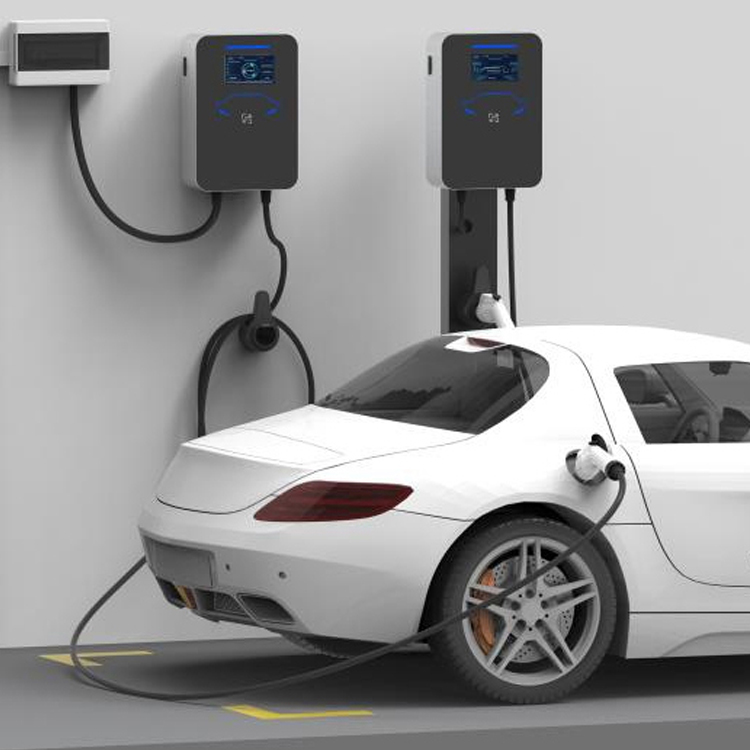-
Classification of solar inverters
The types of solar inverters can be classified based on their functionality, application environment, and output power. Here are some common types of solar inverters: Stand-alone inverter: Also known as an off-grid inverter, it is primarily used in solar power systems that are not connected to ...Read more -
TRV
A thermostatic valve is a commonly used temperature control device, which works as follows: The thermostatic valve typically contains a temperature sensing element (such as a thermistor or a thermocouple), a movable valve core, and a control device (such as a PID controller). When the temperature...Read more -

Intelligent temperature control valve
Our intelligent temperature controller is a highly intelligent temperature control device designed to provide you with comfortable, convenient, and energy-saving indoor temperature management solutions. The following are the main features and functions of the product: Remote control: By co...Read more -
Solar micro inverter
A solar micro inverter is a device designed to convert direct current (DC) electricity generated by solar panels into alternating current (AC) electricity. It finds wide application in solar photovoltaic systems. The primary function of a solar micro inverter is to convert the DC electricity prod...Read more -
Classification of charging stations
Charging Pile is a device specifically designed to charge electric or hybrid vehicles. The charging station usually consists of a shell, charging module, human-machine interaction module, and control module. According to the different power and charging interfaces used, charging stations can be d...Read more -

Factory testing of solar inverters
Solar inverters are devices that convert direct current generated by solar panels into alternating current, and factory testing is an important step in ensuring their quality and performance. In the production line of solar inverters, the first step is to conduct a visual inspection, including ch...Read more -

The purpose and application of charging piles
A charging station is a place or device designed to recharge the batteries of electric vehicles or other battery-powered devices. These charging stations provide a source of electric power that can be used to charge the batteries of electric vehicles, such as electric cars or electric bicycles. C...Read more -

Introduction and Application of Intelligent Thermostat
A smart thermostat is a device that is used to control the temperature of a heating, ventilation, and air conditioning (HVAC) system in a building. Unlike a traditional thermostat, a smart thermostat can connect to the internet and can be controlled remotely through a mobile device or computer. S...Read more -

technological innovations in inverters
Hybrid Inverters: Hybrid inverters are a new type of inverter that can handle both on-grid and off-grid applications. They are designed to integrate with battery storage systems and can manage the flow of energy between the solar panels, the batteries, and the grid. Module-Level Power Electronics...Read more






